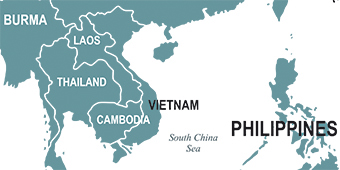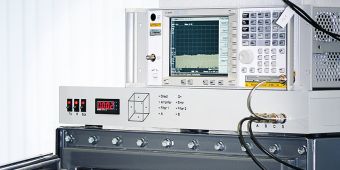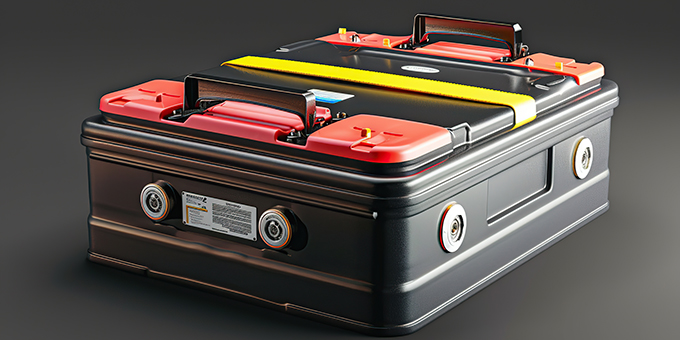ETSI EN 300 328 for broadband transmission systems in the 2.4 GHz ISM band

Table of content
ETSI EN 300 328 is a European standard that defines the requirements for radio devices and systems operating in the 2.4 GHz ISM band. This applies to a wide range of applications, particularly in the areas of Wi-Fi, Bluetooth® and ZigBee.
What are the contents of the ETSI EN 300 328 standard?
The ETSI EN 300 328 standard specifies how radio devices may operate in the 2,4 GHz frequency range to ensure safe and interference-free use.
The most important technical requirements of the standard include:
-
Frequency utilization and power requirements
– Permitted transmission power
– Used/permitted frequencies
– Maximum limits -
Spectral efficiency and coexistence of devices
– Efficient use of the available frequency range and avoidance of interference
– Processing of different data rates
– Dynamic adaptation to radio conditions -
Emission requirements and transmission characteristics
– Limits for radio emissions
– Potential effects on neighboring radio applications
This results in detailed instructions regarding the test methods and test requirements for us as a test laboratory to demonstrate conformity. The following parameters must be tested:
- Transmission power and power density
- Spectral characteristics, channel bandwidth
- Maximum transmission time, maximum channel occupancy time/duration
- Coexistence capability, channel access procedure
- Receiver resilience
- Unwanted emissions
Challenges for manufacturers
Compliance with the ETSI EN 300 328 standard is not only a legal requirement for manufacturers of radio equipment but also plays a decisive role in competitiveness. Devices that do not meet the standard may not be sold or used in the EU.
Furthermore, by complying with the standard and providing the appropriate documentation, manufacturers create the basis for successful CE marking.
In an increasingly globalized market where products from different countries compete, non-compliance with standards can result in a manufacturer losing market share or suffering reputational damage.
Technological development requires product manufacturers to constantly adapt their devices, and the technologies implemented.
In addition, international standards sometimes compete with the ETSI EN 300 328 standard, meaning that every manufacturer must ensure that their product complies exactly with the specifications of the respective target country.
Tasks and portfolio of cetecom advanced as a radio laboratory
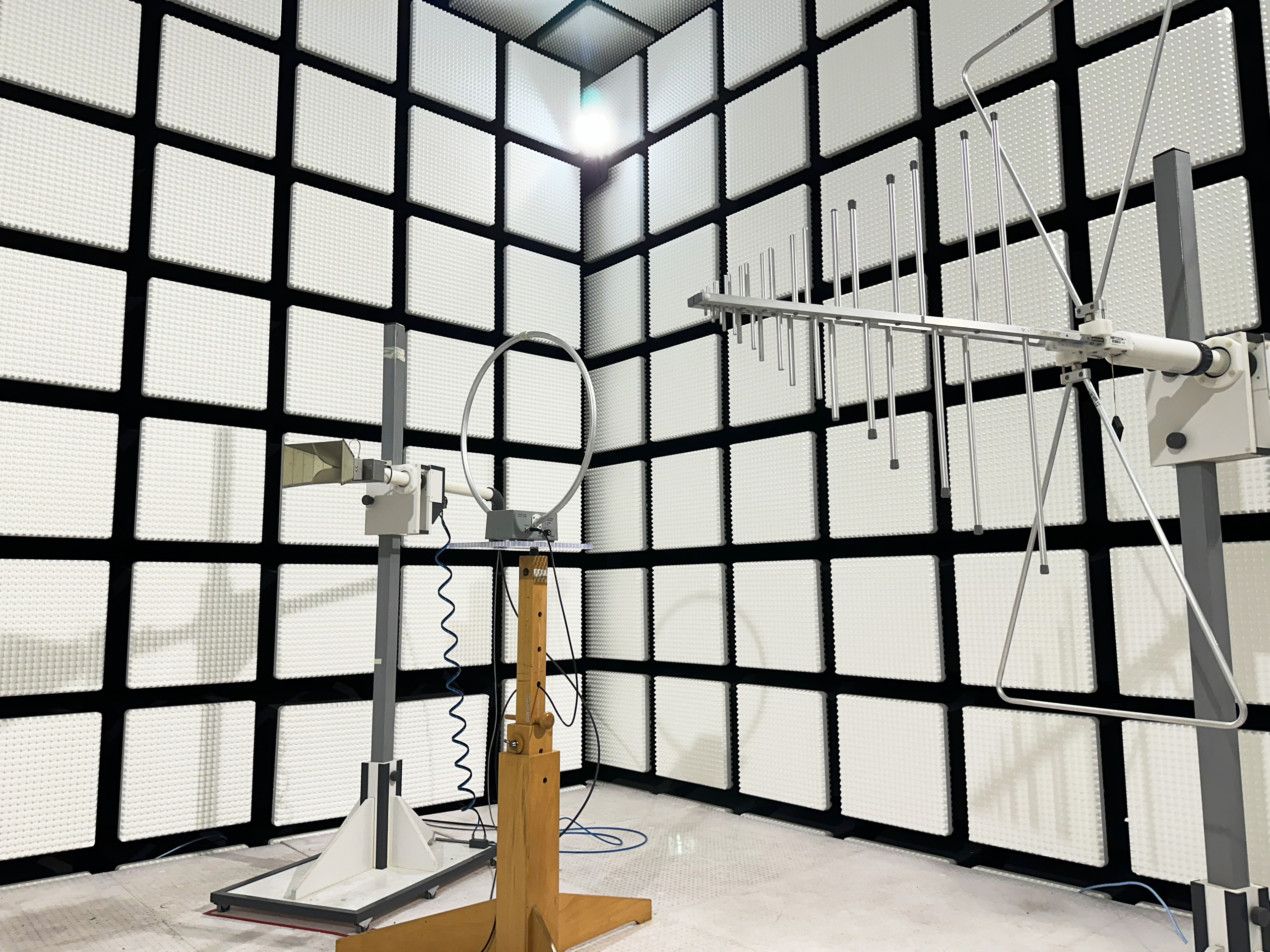
The complexity and level of detail of the ETSI EN 300 328 standard requires the support of a test laboratory in various phases of the development process. cetecom advanced supports manufacturers here as an experienced partner.
Added value of cetecom advanced for customers
Even before the tests, we offer our customers technical support to ensure that their devices meet the requirements of ETSI EN 300 328. This includes clarifying technical issues to make the testing process as efficient and targeted as possible:
- Which and how many test samples are required?
- How should the test samples be prepared?
- What needs to be paid particular attention to?
During the tests, our customers also have the opportunity to accompany the measurements on site. This makes it possible to clarify any questions that arise directly, identify any errors immediately and make any necessary adjustments straight away.
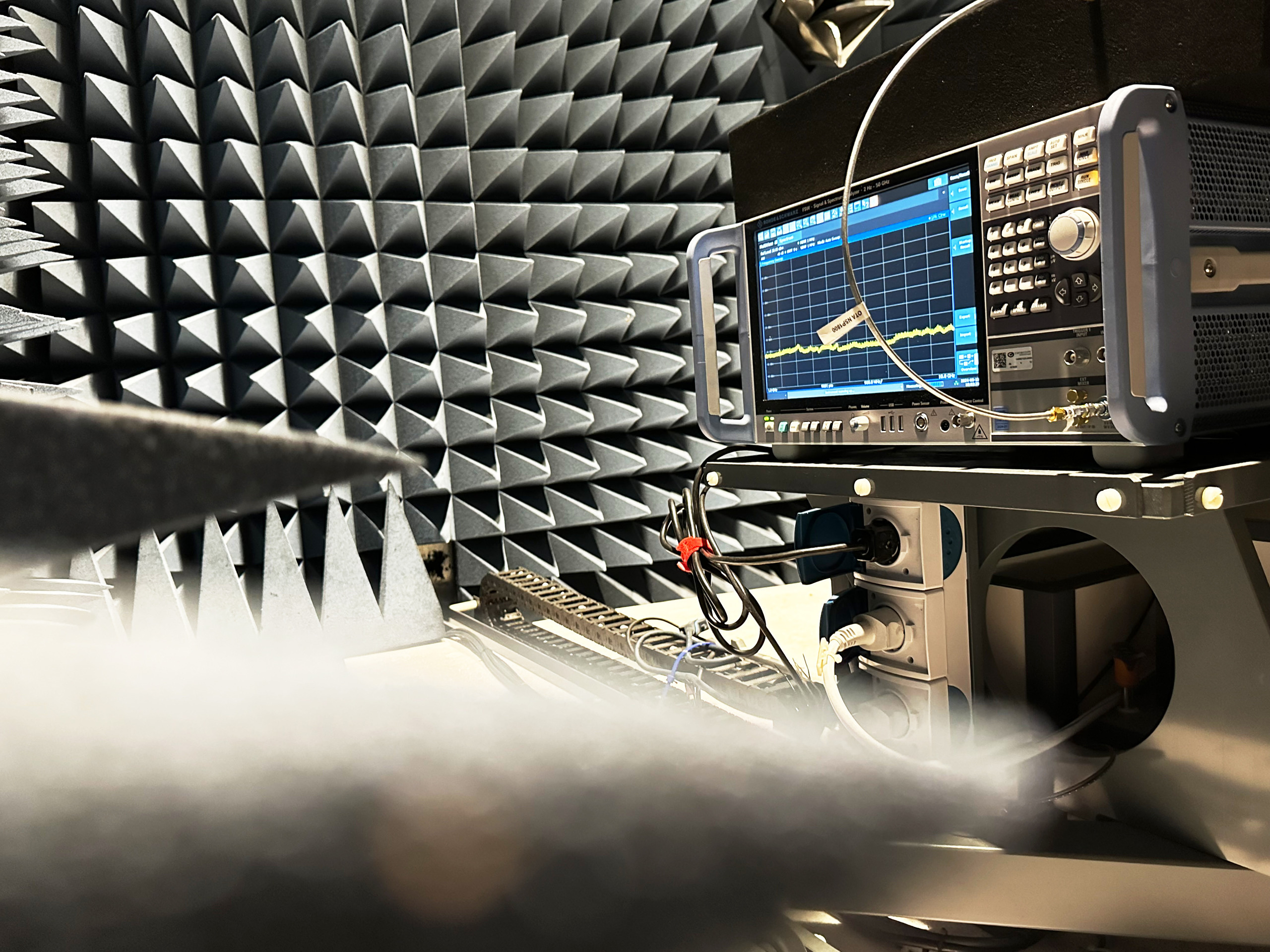
Our laboratory experts help to find the appropriate technical solutions to meet the requirements and ensure conformity with the standard.
Conformity tests
We carry out the necessary tests to ensure that radio equipment meets the requirements of the ETSI EN 300 328 standard.
This includes measurement of transmission power and emission limits, spectral analysis to check frequency utilization and spectral efficiency, and coexistence tests to ensure that the device does not cause interference with other radio technologies.
Support with CE marking
Compliance with the ETSI EN 300 328 standard is required for CE certification. As a testing laboratory, we support our customers in demonstrating conformity and providing the necessary documentation for CE marking. This includes not only carrying out the tests, but also preparing test reports and declarations of conformity, which are essential for market release.
Our testing services using the examples of Bluetooth® and Wi-Fi
The conformity of devices using wireless communication technologies such as Bluetooth® and WLAN with the ETSI EN 300 328 standard is crucial for manufacturers to meet the legal requirements of the market and to ensure the proper functioning of their products.
In this context, we play a central role as a test laboratory by both performing the necessary tests and ensuring that all relevant parameters are checked in accordance with the standard. In addition to basic tests on transmission power and spectral efficiency, this also includes tests on various technical aspects relating to Bluetooth® and WLAN technologies.
The following are sample test cases and test methods for Bluetooth®and WLAN devices that we use in our daily work as a test laboratory. These describe how we ensure that devices both meet the standard requirements and function reliably in real-life applications. The specific tests, methods and requirements are described in detail in the following tables:
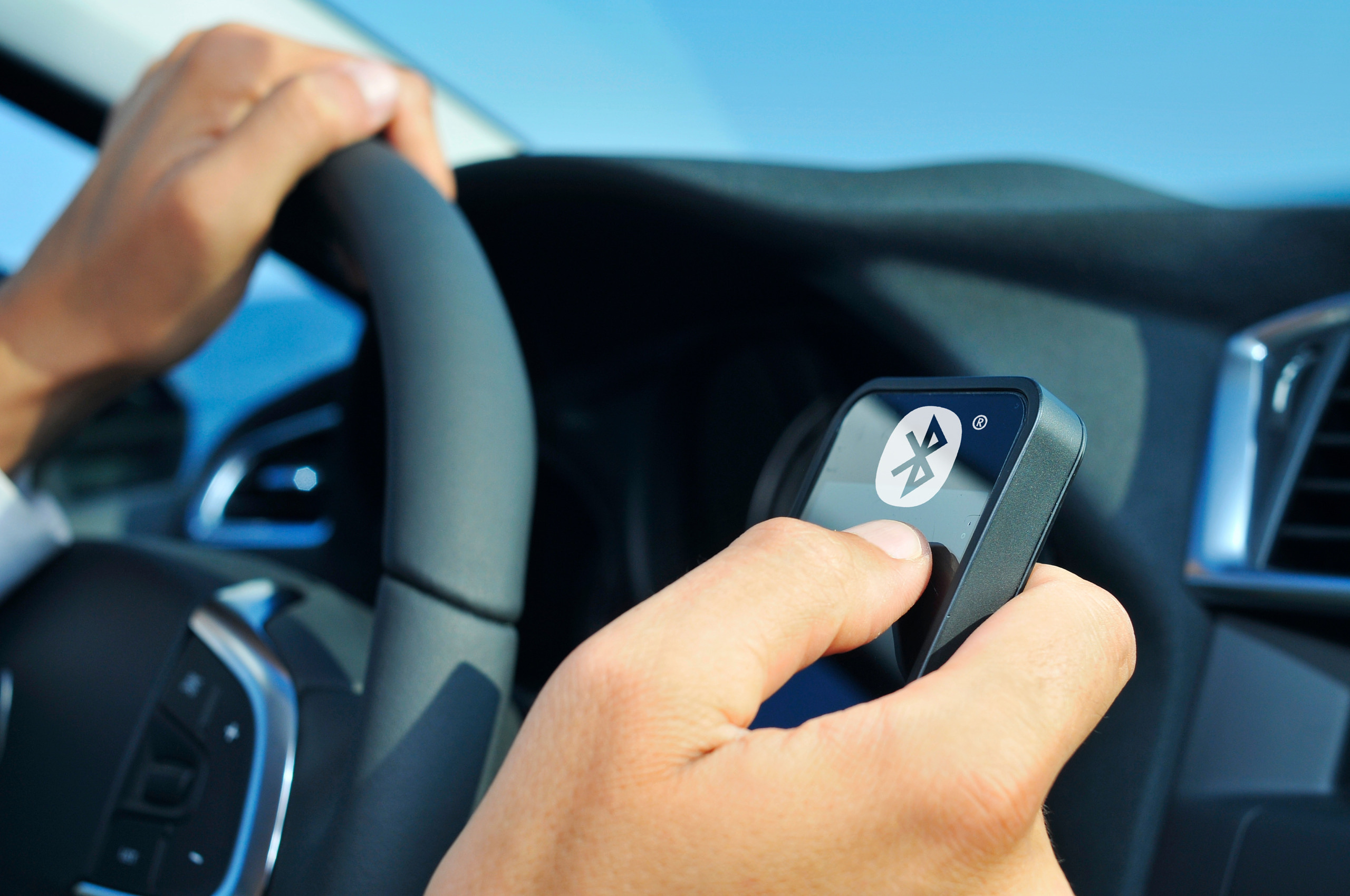
- BT-LE
| Clause | Testcase | Method |
| 4.3.2.2 | RF output power | conducted |
| 4.3.2.3 | Power spectral density | conducted |
| 4.3.2.7 | Occupied channel bandwidth | conducted |
| 4.3.2.8 | Transmitter unwanted emissions in the out-of-band domain | conducted |
| 4.3.2.9 | Transmitter unwanted emissions in the spurious domain radiated | radiated |
| 4.3.2.9 | Transmitter unwanted emissions in the spurious domain conducted | conducted |
| 4.3.2.10 | Receiver spurious emissions radiated | radiated |
| 4.3.2.10 | Receiver spurious emissions conducted | conducted |
- BT-Classic & EDR
| Clause | Testcase | Method |
| 4.3.1.2 | RF output power | conducted |
| 4.3.1.4 | Accumulated transmit time, freq. occupation and hopping sequence | conducted |
| 4.3.1.5 | Hopping frequency separation | conducted |
| 4.3.1.7 | Adaptivity (LBT) | conducted |
| 4.3.1.8 | Occupied channel bandwidth | conducted |
| 4.3.1.9 | Transmitter unwanted emissions in the out-of-band domain | conducted |
| 4.3.1.10 | Transmitter unwanted emissions in the spurious domain radiated | radiated |
| 4.3.2.10 | Transmitter unwanted emissions in the spurious domain conducted | conducted |
| 4.3.2.11 | Receiver spurious emissions radiated | radiated |
| 4.3.2.11 | Receiver spurious emissions conducted | conducted |
| 4.3.1.12 | Blocking (RX test) | conducted |
- WLAN
| Clause | Testcase | Method |
| 4.3.2.2 | RF output power | conducted |
| 4.3.2.3 | Power spectral density | conducted |
| 4.3.2.6 | Adaptivity (non-FHSS) | conducted |
| 4.3.2.7 | Occupied channel bandwidth | conducted |
| 4.3.2.8 | Transmitter unwanted emissions in the out-of-band domain | conducted |
| 4.3.2.9 | Transmitter unwanted emissions in the spurious domain radiated | radiated |
| 4.3.2.9 | Transmitter unwanted emissions in the spurious domain conducted | conducted |
| 4.3.2.10 | Receiver spurious emissions radiated | radiated |
| 4.3.2.10 | Receiver spurious emissions conducted | conducted |
| 4.3.1.11 | Blocking (RX test) | conducted |

Conclusion
The ETSI EN 300 328 standard ensures that devices in the 2.4 GHz frequency range can be operated efficiently, without interference and in compliance with the applicable EU regulations.
The standard is regularly adapted in line with technological advances and growing requirements for the use of the 2.4 GHz band.
For manufacturers, compliance with the standard is not only a legal necessity, but also an important part of the marketability and reliability of their products.
As a test laboratory, cetecom advanced plays a decisive role by providing our customers with comprehensive information in advance, carrying out the necessary test methods, ensuring conformity and providing support with CE certification.
In almost all countries in the world, devices that have an accredited test report in accordance with ETSI EN 300 328 can be approved without further country-specific tests, based on Directive 2014/53/EU of the European Parliament (RED).
Should it nevertheless be necessary for country-specific requirements to be met, our international certification team takes care of communication with the local authorities and thus reliably guides manufacturers to the market launch of their product in the respective target country.



